We spent hours reading user reviews and examining the features of more than 20 different brands to help you choose the best low-light camera phone. To follow along and locate the ideal solution for your requirements, we listed the main qualities to consider throughout your purchasing process during this period. We advise locating a smartphone with specialized low-light photography capabilities. Although it often takes the shape of a software improvement, this may also be found in the actual camera hardware. Additionally, we advise you to look for a smartphone with such a user-friendly and robust build so you can rapidly take pictures without worrying about dropping or damaging the device.
Based on these factors and characteristics, we selected the Samsung Galaxy Note 20 Ultra as the finest low-light photography phone on the market today. For more information on this top-tier camera phone, continue reading below. Check out our article on the greatest smartphone as well.
TOP 10 BEST PHONES WITH LOW-LIGHT CAMERAS
#1 SAMSUNG GALAXY NOTE 20 ULTRA-LOW LIGHT CAMERA PHONE
WHY WE LIKE IT: This high-end smartphone has the highest performance choices, from a next-generation camera array to fluid S Pen pen functionality and a durable battery. Additionally, this excellent camera phone handles low-light photographs better than any other alternative because of its quick CPU.
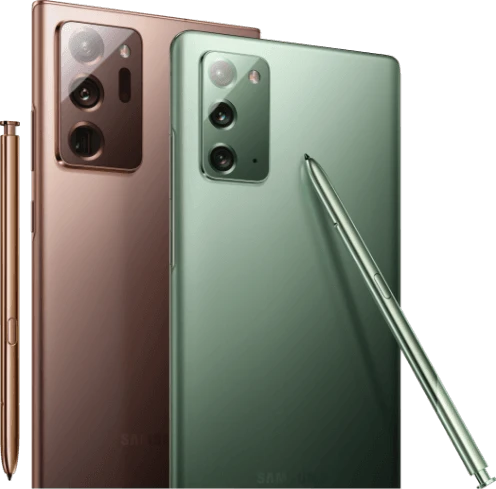
Pros
- The 120Hz display is quick and fluid.
- Simpler use of the S Pen stylus
- Long battery life with a 4500 mAh cell
Cons
- Accidental tapping is more likely on a curved screen.
- The rear camera protrudes excessively.
Regarding camera capabilities, speed, and display quality, the Samsung Galaxy Note 20 Ultra is the best of the best. Let’s start by looking at the camera. The triple-lens back camera arrangement on the Note 20 Ultra has 108 megapixels and incredible zoom capabilities (up to 100x). Although this is a fantastic feature in and of itself, the Note 20 Ultra truly shines when it comes to photography in low light. Compared to the earlier Galaxy models, it delivers images with more colour saturation and depth. Additionally, you will have a lot of choices for manually altering camera settings to get the ideal night photo. The Galaxy Note 20 Ultra’s camera only has one drawback: it protrudes a bit too much from the phone’s chassis.
This is the ideal camera phone for photographers who use their phones for the business. The accompanying S Pen stylus is innovative and writes on paper with an identical replica of an actual pen. Thanks to this faster and more effective navigation on the phone, you may even take notes in certain apps. The Note’s very powerful Snapdragon 865 Plus CPU astounded us, helping with low-light photography and every other element of the phone. Because of that CPU, navigating, viewing movies, or playing games are all exceedingly smooth here. The stunning AMOLED display on this Samsung smartphone also really pleased us. It offers a high resolution of 3088 x 1440 pixels to improve overall smoothness and a quick refresh rate of 120Hz. If you’re looking for the top gaming phones, it’s amazing.
#2 APPLE IPHONE 13 PRO MAX LOW LIGHT CAMERA PHONE
WHY WE LIKE IT: This camera phone is an improvement for the whole Apple phone range thanks to a newly redesigned camera with an incredible Night Mode. The A13 Bionic CPU, gorgeous OLED display, and straightforward user interface of this smartphone make it a fierce competitor.
Pros
- Bright, colourful OLED display
- The A13 Bionic processor is quick and trustworthy.
- Superior camera quality
Cons
- No alternatives for expanding the storage
- Similar to earlier generations’ designs
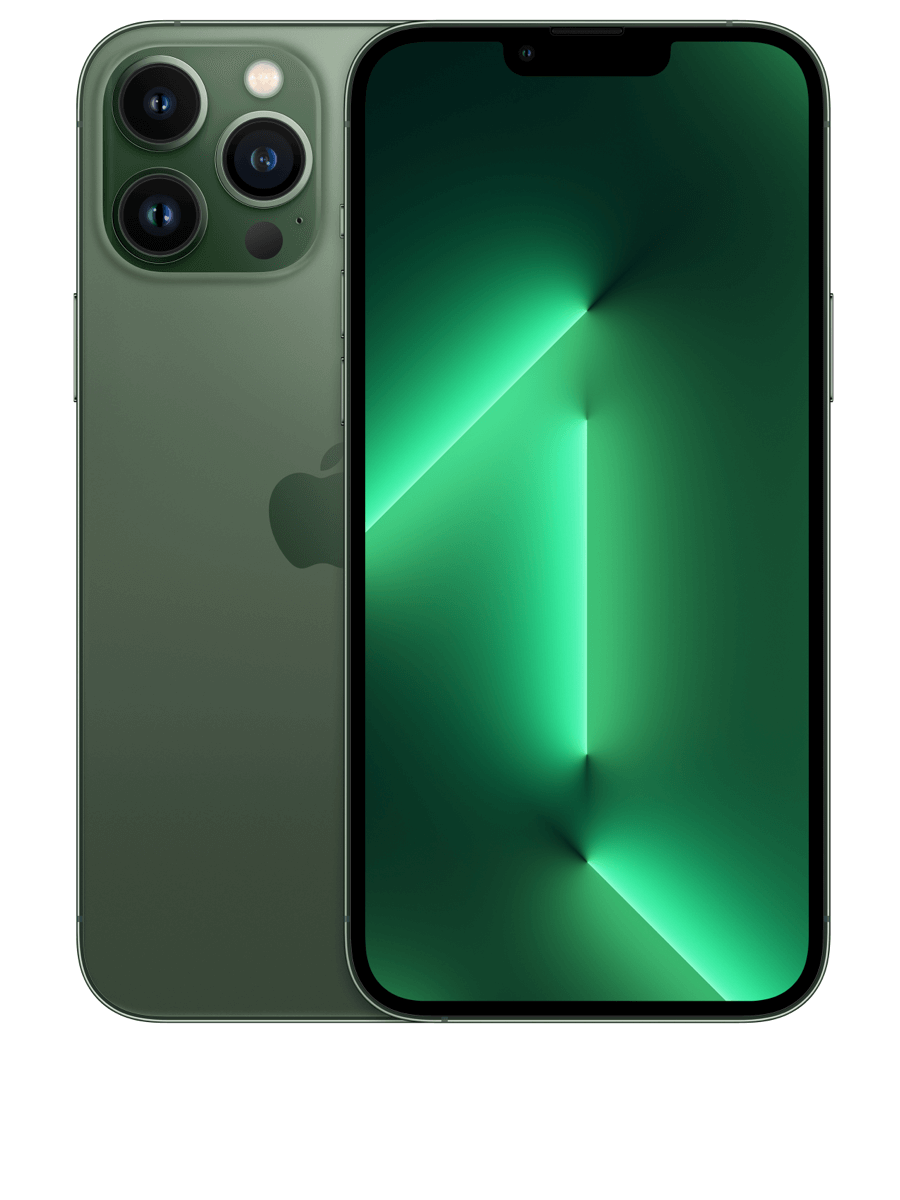
The Apple iPhone 13 Pro Max doesn’t seem that different from earlier iPhone models. That doesn’t imply that its publication didn’t represent a significant advancement. The A13 Bionic chipset in the 11 Pro Max is equipped with the most recent Apple CPU technology. The 11 Pro Max’s performance is significantly improved by this speed, which is the quickest we’ve seen on an iPhone. The camera is where there has been the most obvious improvement. Apple has never used a triple-lens camera array before, and this device adds a wide-angle lens for extra quality variability. A remarkable Night Mode that Apple has added to the camera’s software makes images in low light considerably sharper and more detailed. If you’re a mobile photographer, this camera is among the most expensive alternatives you can get, but it’s well worth the investment.
The other components on the iPhone 13 Pro Max are of the same high calibre that Apple uses in every one of its devices. The Super Retina XDR display has brilliant, vibrant colours and sharp OLED quality. Additionally, it maintains IP68 water resistance and is more robust than previous iPhone models. The phone comes pre-loaded with a very responsive and user-friendly iOS operating system. If we were to choose and select one area where the iPhone might be made better, it would have to be the storage capacity. The iPhone 13 Pro Max lacks a microSD card port for storage expansion, much as earlier models. Instead, you’ll need to shell out more money and pay for a more costly model if you want additional storage. Even so, this is a terrific option if you require one of the finest phones for vlogging.
#3 GOOGLE PIXEL 7 PRO LOW LIGHT CAMERA PHONE
Why We Enjoy It: This low-light camera phone is a great option for most photographers since it is straightforward, responsive, and loaded with cutting-edge capabilities. Additionally, it has a Gorilla Glass 6 construction that is particularly sturdy and IP68 water and dust protection.
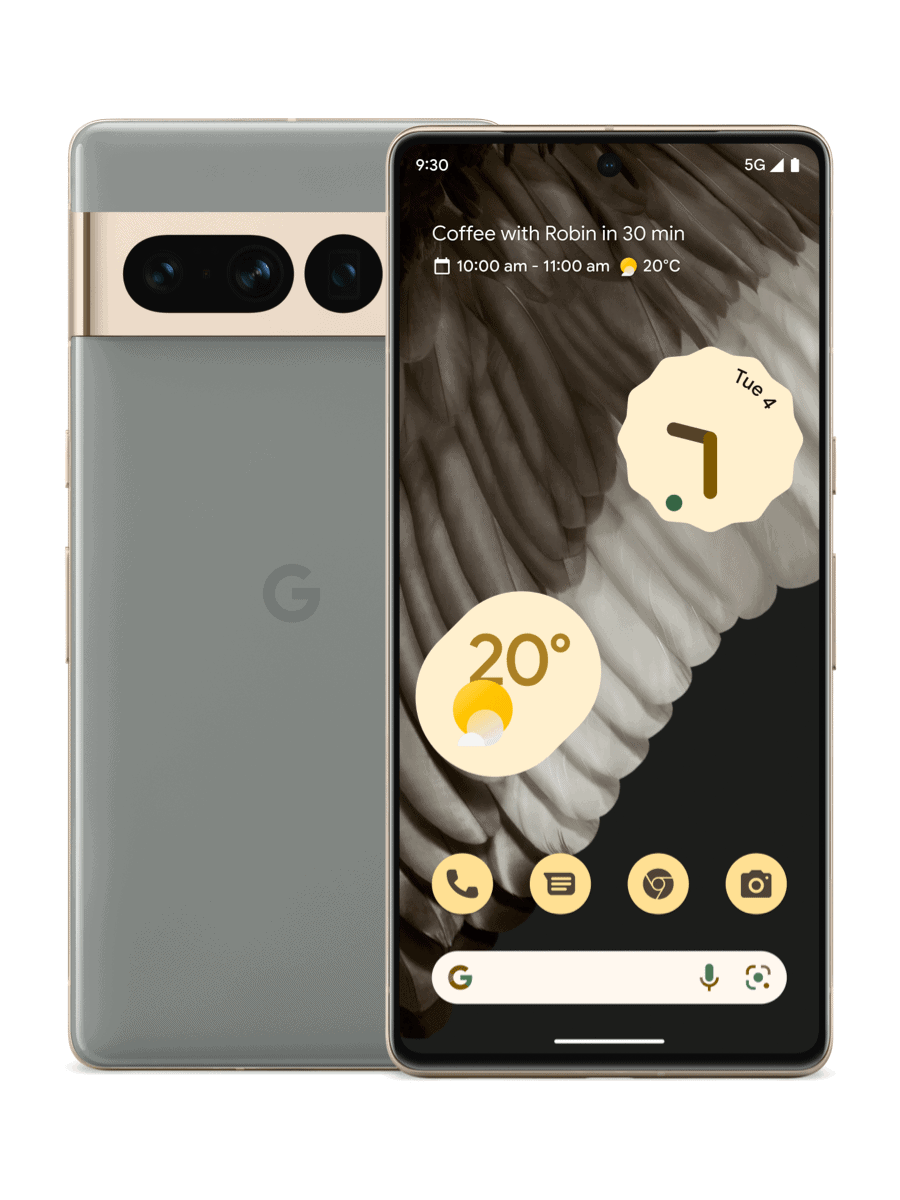
Pros
- The screen refresh rate is 90Hz.
- Reverse wireless charging is a useful feature.
- Able to operate on 5G networks
Cons
- Uninteresting and practical design
- Snapdragon 765G CPU, which is slower
The Google Pixel 7 Pro pushes the boundaries of price and simplicity. Though less expensive than the majority of high-end flagship phones, this low-light camera phone provides the same level of performance. With its Snapdragon 765G chipset, the Pixel 7 Pro does provide a slower (on paper) engine, but it also delivers a more streamlined version of the Android operating system. Together, they provide a user experience that is responsive and slick. That minimalism is also carried over onto the Pixel 7 Pro’s camera setup. Even though this uses two cameras, getting the perfect photo doesn’t need the hassle of dealing with manual settings. It adopts the point-and-shoot method and excels at using it even in low-light situations. If you like this phone, you may be curious about the top business phones.
The general appearance of the Google Pixel 7 Pro also made an impression on us. It lacks the flair and glitz of other high-end camera phones, yet it still functions. It is undoubtedly useful. Surprisingly, this simple design also boosts durability. This phone can withstand battering with ease, much like the greatest tough smartphones on the market, thanks to Corning Gorilla Glass 6 and an IP68 classification against water and dust entry. Google’s inclusion of a 5G connection and reverse wireless charging features also wowed us. The Pixel 7 Pro can be your best option if you don’t like all the flashy phone styles that are popular nowadays.
#4 SAMSUNG GALAXY S22 ULTRA-LOW LIGHT CAMERA PHONE
WHY WE LIKE IT: This smartphone with a low-light camera pushes the boundaries of quality and cutting-edge technology. Thanks to its huge, 120Hz display, water resistance, and high-tech camera, you can always take the greatest pictures, even in low light.
Pros
- 108MP next-generation camera
- A display refresh rate of 120 Hz
- The ability to support 5G for better network speeds
Cons
- Little more substantial than other camera phones
- Unstable battery operation
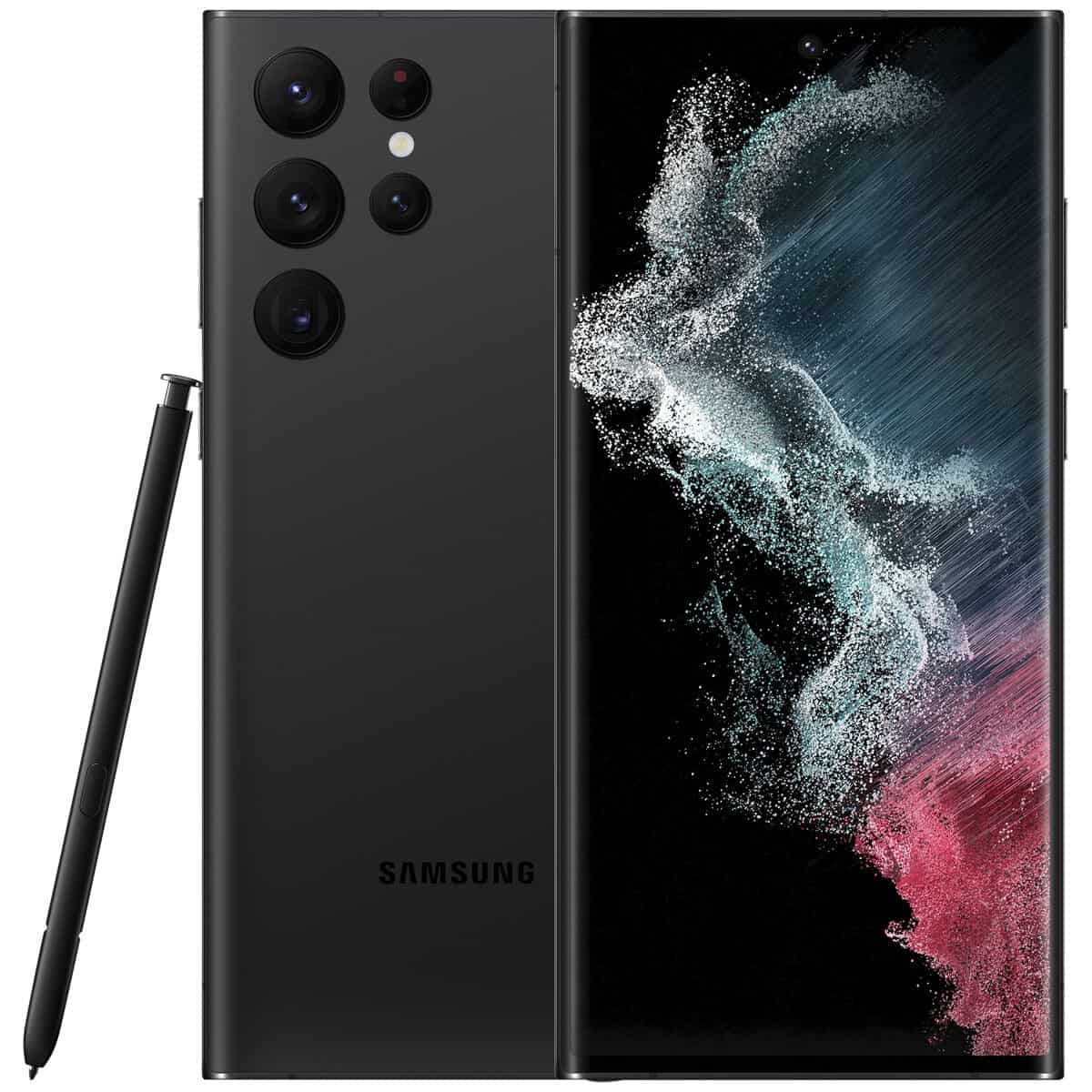
There is no way around it. Regarding overall appearance and camera quality, the Samsung Galaxy series of high-end smartphones dominate. The Galaxy S22 Ultra is developed with quality in mind, much like its larger sibling, the Note 20 Ultra. It has the most recent Snapdragon 865 Plus processor, significantly improving overall performance and user-friendliness. The camera’s performance is also improved by this powerful CPU, which drives all the software upgrades for zoom and low-light photography. You can easily capture pictures in bright and gloomy environments thanks to one of the greatest smartphone cameras we’ve seen.
The magnificent display screen on the Galaxy S22 Ultra has a resolution of 3200 x 1440 pixels and a refresh rate of 120 Hz. When these two capabilities worked together, the display provided a fluid experience that was great for video games, picture editing, and streaming movies. With Gorilla Glass 6 on the display and IP68 water and dust protection, the S22 Ultra is also tough. Finally, this smartphone has a 5G antenna, ensuring you get the best network speeds offered by your mobile phone provider. This is helpful when attempting to upload your dimly lit images to the cloud. Overall, this is a wonderful option if you want one of the top 5G phones with a terrific camera.
#5 ONEPLUS 10 PRO LOW LIGHT CAMERA PHONE
WHY WE LIKE IT: With the gorgeous 120Hz display on this low-light photography phone, taking images and evaluating them has never been easier. It has enormous size and vivid, realistic colours, allowing you to always get the ideal photo. The design is somewhat Apple-inspired but without the Apple price tag.
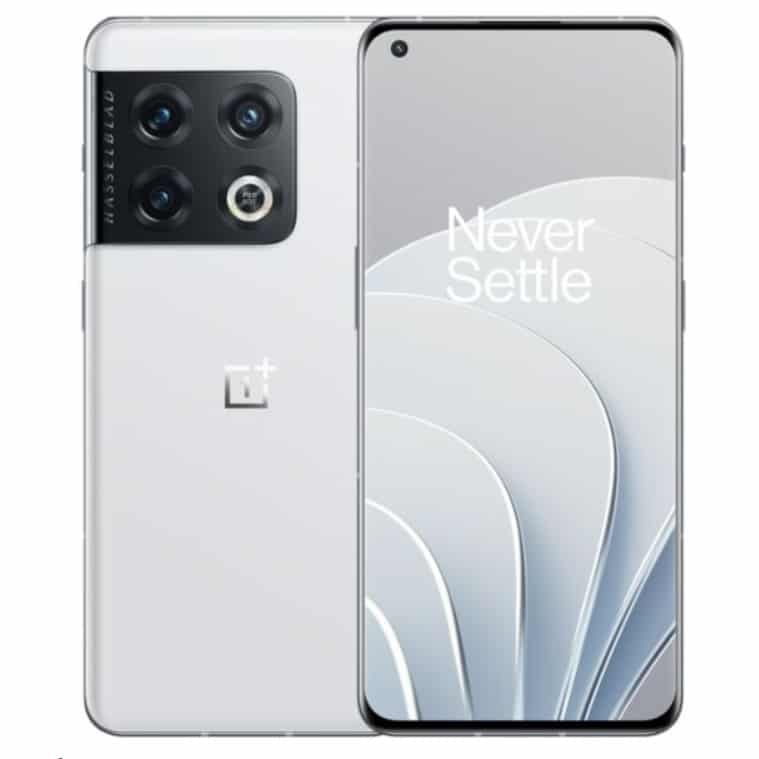
Pros
- 120Hz smooth motion handling
- Utilize reverse wireless charging to power more gadgets.
- Very fast 5G speeds
Cons
- Poor zoom performance
- No storage expansion
A low-light camera phone, the OnePlus 10 Pro concentrates on offering the best-looking screen it can. It is the result of ongoing development from OnePlus’s previous-generation flagship phones, and this version truly demonstrates attention to detail. No matter what you’re doing, the QHD+ screen’s 3168 x 1440 pixel resolution provides clear, detailed visuals. Additionally, you’ll receive HDR10+ compatibility and 120Hz motion handling whether viewing movies or playing video games. When evaluating your images, the display comes in very handy. The amount of sharpness and depth on display enables you to see flaws in your photographs that you previously would not have been able to.
The OnePlus 10 Pro’s camera performance is likewise praiseworthy. You’ll get triple cameras with 48MP, 8MP, and 5MP lenses and 4K video quality. The low-light performance on this phone is excellent, albeit not quite on par with some of the more costly phones on the market. To detect the difference, however, you need to compare them side by side. The OnePlus 10 Pro also comes with a few high-end capabilities, like reverse wireless charging and a 5G network connection, which are significant advantages. For further protection, match this with the top mobile phone cases.
#6 APPLE IPHONE 13 MINI LOW LIGHT CAMERA PHONE
Why We Enjoy It: Although less expensive than other flagship camera phones, this model has a ground-breaking low-light photography capability, superb display quality, and a user-friendly approach. Furthermore, it is a component of Apple’s seamless ecosystem, which improves interoperability with other Apple products.
Pros
- Slim, light, and robust design
- Retina display with vibrant colours
- Outstanding Night Mode camera feature
Cons
- Below average battery life
- No wired audio headphone jack
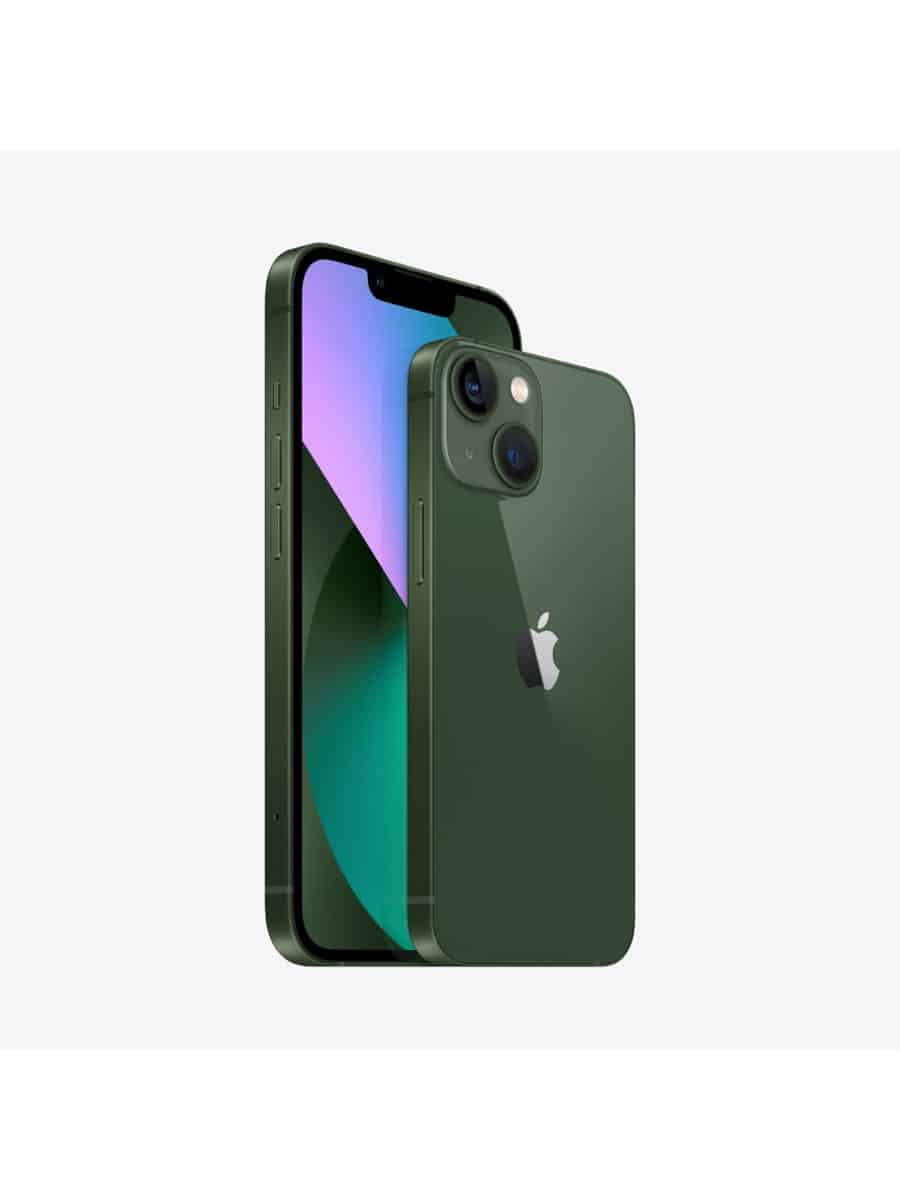
Another outstanding addition to Apple’s already stellar portfolio of mobile devices is the iPhone 13 Mini. Although the display size is smaller than the conventional iPhone line, it still has a powerful punch in terms of overall performance and dependability. For new smartphone photographers, the SE’s commitment to simplicity of use and seamless interoperability is undoubtedly a significant benefit. iOS seldom freezes, is responsive, and runs smoothly. This is mainly because this iPhone has a powerful A13 Bionic chipset.
Additionally, the A13 Bionic provides power to the iPhone 13 Mini’s upgraded camera and ground-breaking Night Mode, vastly enhancing image quality in low-light conditions. A good feature of the camera is its ability to shoot 4K footage. It’s simpler to hold in your hand since the SE is a little smaller, but the display is still as vivid and brilliant as ever. This significantly simplifies overall operation and picture review. This is the ideal choice if you’re searching for a cheap iPhone to start taking night photos. If you’re seeking the best phones for kids with all the bells and whistles, it’s also a fantastic choice.
#7 XIAOMI MI NOTE 10 LITE LOW LIGHT CAMERA PHONE
WHY WE LIKE IT: If you want to engage in prolonged nighttime shooting sessions, you’ll need a camera phone with long battery life, like this durable model. This camera phone has a huge, vivid display, a strong 5260 mAh battery, and an incredibly quick charging time.
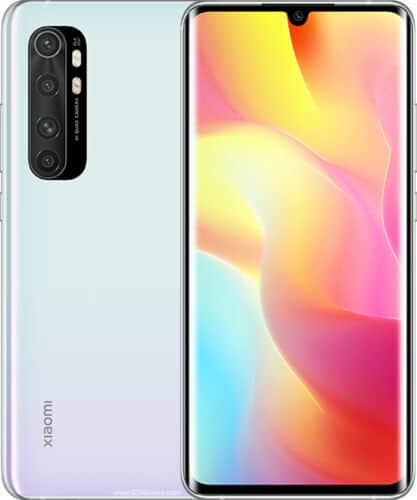
Pros
- Quick one-hour charge period
- Cutting-edge 108MP camera quality
- Large and vibrant display
Cons
- Could need a quicker processor
- The reliability of Bluetooth communication isn’t great.
This choice has risen to the top of the race because of the Xiaomi Mi Note 10 Lite’s innovation of becoming the first smartphone to release a 108-megapixel camera. The Mi Note 10 Lite’s camera is perhaps its best feature, functioning effectively in all conditions. This phone even performs well in low light, delivering images with more colour richness and detail than most other phones on the market today. The Mi Note 10 Lite can also capture movies in 4K quality for complete photography and videography.
When it comes to its internal battery, this powerful smartphone shines. You may take pictures and film videos in low light for the whole night, thanks to its 5260 mAh battery capacity. But if you run out of power, the 30W fast charger that comes with it can recharge you to 100 per cent in a little over an hour. The display quality of the Xiaomi also greatly astonished us. This big screen is vibrant and brilliant and has a 2340 x 1080 resolution. The internal CPU of the Xiaomi Mi Note 10 Lite isn’t as quick as some of the other current flagship phones, but it can still compete when it comes to processor-intensive software like gaming and picture processing. It’s a fantastic option for anybody searching for the top Chinese smartphones.
#8 HUAWEI P50 PRO LOW LIGHT CAMERA PHONE
WHY WE LIKE IT: With a distinctive curved display with almost no bezels and vibrant colours, this potent low-light camera phone offers a very appealing and svelte design. A quad-lens camera with reliable low-light performance is also included.
Pros
- The outstanding quadruple-lens camera array
- Full-screen display
- The in-screen fingerprint scanner is responsive
Cons
- The display quality is disappointing.
- Uncomfortable user interface
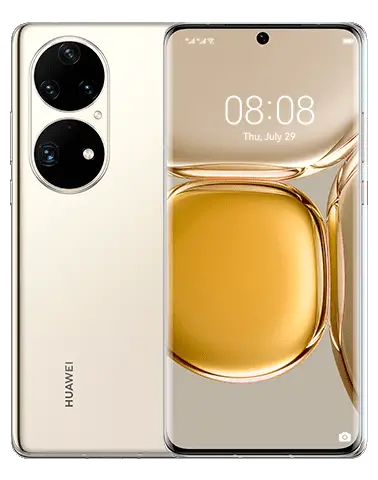
The Huawei P50 Pro low-light photography phone has the nicest design of all the phones we looked at. The 6.47-inch curved display on this phone draws the most attention to its design. With its edge-to-edge design, it hardly has any bezel and provides a very vivid, vibrant experience. Additionally, since the glass is Corning Gorilla Glass, it resists breaking and scratches. The P30’s rear is also stunning, thanks to its distinct gradient colouring and metal construction. Even during picture shoots, it feels robust in your hands. However, you may need to urge your subjects to focus on the camera lens and not the rest of the phone.
The P30 Pro’s snappy Kirin 980 chipset ensures that every aspect of its performance—from the camera to the user interface—operates without a hitch. The CPU is used to its fullest potential regarding Huawei’s camera capability. This quad-lens camera array has four lenses: a 32MP lens up front, 40MP, 20MP, and 8MP lenses on the back. Huawei handles all types of photography and 4K video pretty well, but it truly shines in low-light situations. Wide apertures and superb Optical Image Stabilization are mostly to blame for this (OSI). This uses artificial intelligence to stabilize photos and provide the most detailed and clear images possible at night. This is a terrific option if you also want one of the top selfie camera phones.
#9 GOOGLE PIXEL 6A LOW LIGHT CAMERA PHONE
WHY WE LIKE IT: You can’t go wrong with this choice if you’re looking for a low-cost smartphone that takes accurate and detailed low-light pictures. In addition to having a camera that rivals flagship-grade, this phone also has a strong OLED display and a long-lasting battery.
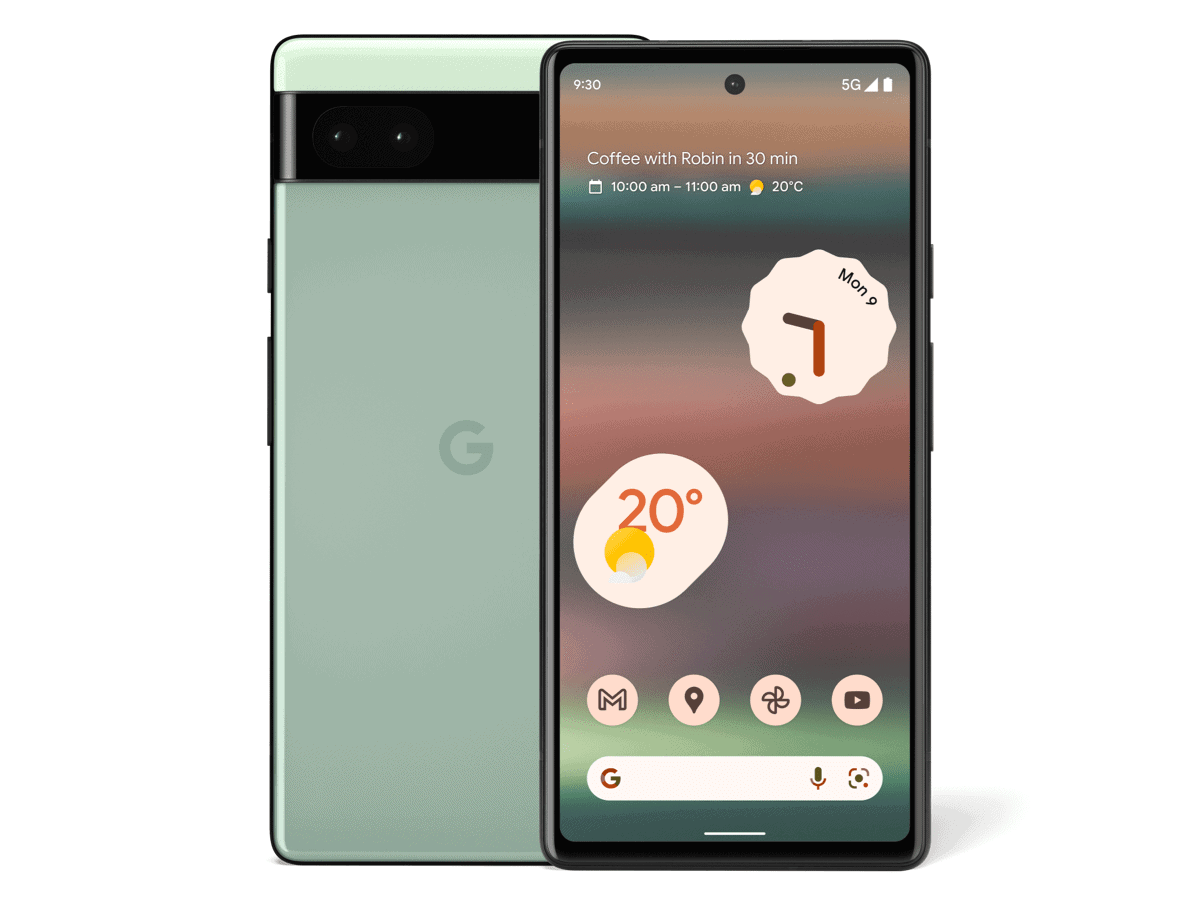
Pros
- The camera is of premium calibre
- Sharp OLED screen
- Dependable, protracted battery life
Cons
- Water-resistant but not waterproof
- Internal storage is limited to 64GB.
While offering some of the greatest performance and camera quality of any more costly flagship phones, the Google Pixel 6a is surprisingly reasonable. It is small and robust with a strong AGC Dragontrail reinforced glass and a polycarbonate rear cover. Even though Corning’s Gorilla Glass is superior, this is still a viable option for the Pixel 3a. Overall, this phone feels great in your hand and provides a much better user experience whether you’re surfing or shooting images.
Considering how reasonably priced it is, you could be pleasantly pleased with the Google Pixel 6a camera. Its finest feature is the camera’s Night Sight function, which can take excellent pictures in low light conditions or even in total darkness. For additional variety, Portrait Mode includes Super Res Zoom and bokeh. When it comes time to examine your images, you’ll like the Pixel 3a’s vibrant OLED display. With a solid 2220 x 1080 pixel resolution, you’ll enjoy excellent colours and high contrast, all major pluses for such a cheap phone. The Google Pixel 6a is the finest inexpensive camera phone for low-light photography due to all these factors. If you want one of the finest mobile phones for seniors who require an economical choice that can take quality pictures, this is a terrific choice.
#10 HONOR VIEW 20 LOW LIGHT CAMERA PHONE
WHY WE LIKE IT: This camera smartphone is strong, distinctive in its form, and fast to charge, making it very adaptable and helpful for travelling low-light photographers. Additionally, this phone has a fantastic camera with AI assistance and AR capabilities for the greatest possible shots.
Pros
- Bold, original designs and colours
- Punch hole style for more immersion
- Kirin 980 CPU that is quick
Cons
- The display quality is disappointing.
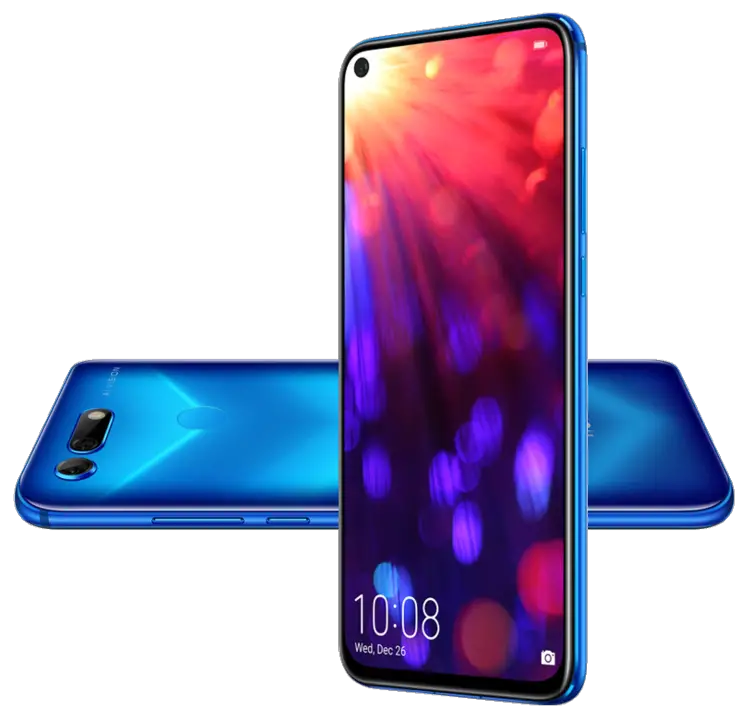
At first sight, it may not seem like the Honor View 20 is a distinctive camera phone. The Honor View 20 includes a radical colour scheme on the backplate and a distinctive punch-hole design on display, despite its form and general appearance being relatively comparable to other smartphones now on the market. These characteristics are subtle, yet they are instantly apparent when used. They improve the user experience, in our view. The Honor View 20 also has a quick Kirin 980 CPU, which makes things seem speedy and fluid when in use. Unfortunately, important design elements are absent from this, like a 5G connection and wireless charging.
The Honor View’s overall camera performance pleased us. The multi-lens cameras prevalent in today’s flagship phones don’t seem to be there. Instead, it uses a single 25MP front-facing lens and a single 48MP back-facing lens. This does not, however, result in worse performance. Due to the phone’s integrated AI Ultra Clarity capability, the back camera can take very clear pictures. The phone’s Night Mode, which employs a four-in-one superpixel technology and Artificial Image Stabilization (AIS) to improve details and colours in low light, also exhibits this feature. Overall, even the most ardent photographers will be impressed by this camera. Check out our purchasing guide for the best compact phones for smaller versions.
WHAT PUSHED US OVER THE EDGE
We initially concentrated on assessing each option’s capacity to generate high-quality photographs and films in low-light scenarios to assist you in finding the finest low-light camera phone. This may seem like an easy starting point, but you may be startled to hear that despite many smartphones’ claims of having outstanding low-light performance, they often fail to provide satisfactory results. On our list, we only included camera phones that delivered consistently excellent pictures with little need for software changes. The finest low-light camera phones enable you to start taking pictures by simply activating the low-light mode.
The performance of each smartphone’s overall construction was then graded. Since low-light smartphone photography sometimes necessitates the employment of enhancing software, we graded each choice according to its internal processing speed. Overall performance was higher on phones with quicker and better-tuned CPUs, and we gave extra points to phones with particular chipsets for good cameras.
Finally, we considered the phones’ construction and robustness. We gave alternatives with stronger screens and better ratings in our recommendations since working in the dark constantly raises the risk of stumbling and losing your phone. We also considered each phone’s ergonomics, grading them according to how simple it was to handle and use the camera simultaneously.
BUYER’S GUIDE FOR THE BEST LOW-LIGHT CAMERA PHONE
THE MOST IMPORTANT CONSIDERATIONS
SPECIALIZED LOW-LIGHT PERFORMANCE
You must choose a camera phone with specialized low-light capabilities and functioning if you want to buy one only for taking images in dimly lit areas. Specialist digital cameras often employ lenses with larger apertures or higher shutter speeds when capturing photographs in low light. Since a camera phone may not be able to change lenses, software that may enhance low-light photography and videography becomes more crucial. To obtain the greatest experience, look for phones that mention low-light software or features.
DISPLAY EXCELLENCE
You’ll need to be able to check your images and videos after you take them to ensure you’re getting the optimum image quality. This is why choosing a phone with a clear, vibrant, and vivid display screen is crucial. So that you can decide if you got the greatest images or need to try again, you’ll be able to see every detail in your low-light photographs this way.
SPACE FOR INTERNAL STORAGE
Due to advancements in mobile phone camera technology, purchasing a camera phone purely for capturing images is quite possible in the modern world. You will still need to consider issues like internal phone storage, however. You’ll need to unload photos more often if you buy a smartphone with less internal storage. Look for phones that can upgrade to larger models or include storage expansion choices like microSD card ports.
DURABILITY
Low-light shooting may sometimes be risky for both images and movies. As the light fades, you must pay closer attention to avoid falling and dropping your phone. But it’s best to have a more resilient phone just in case that does occur. By doing this, you won’t have to worry as much about your phone’s or camera’s lenses becoming damaged or broken. Regardless matter how sturdy a phone is without one, we still generally advise using a case and screen protector.
FAQs ABOUT LOW LIGHT CAMERA PHONES
WHICH SMARTPHONE HAS THE GREATEST CAMERA IN LOW LIGHT?
Wider apertures and software designed to improve low-quality images are often found on the phone with the best low-light camera. To base your final selection on factual information, look for camera phones that promote their ability to capture images in low light and attempt to locate examples of low-light photographs taken by users.
THE FINEST CAMERA ON THE PHONE.
The greatest camera phone combines top-notch hardware with cutting-edge software to produce the finest images. A smartphone can only have so many large physical components, unlike DLSR cameras, which have more room. When choosing the best camera, look at user reviews and spec listings to get an idea of megapixel resolution, video recording capability, and aperture ratings.
HOW CAN YOU TELL WHETHER A CAMERA PERFORMS WELL IN DIM LIGHT?
The best way to determine if a camera phone performs well in low light is to snap a photo in low light and examine the outcome. You shouldn’t need to change many settings to obtain the best photo if it works well in low light. Instead, the phone should be equipped with AI-powered software to detect when you’re in low light and automatically make the appropriate modifications.
IS f2.8 QUICK ENOUGH IN DIM LIGHTING?
Although having an f/2.8 aperture usually suffices for low light work, faster is always preferable. For the greatest results, look for camera phones with f/1.8 apertures.


![Top 10 Low-Light Smartphone Cameras [Updated December 2022]](https://www.digitalcamerahq.com/wp-content/uploads/2022/07/low-light-smartphone-photography-1280x640.jpg)





